kansai
Kansai Region: Japan’s Amazing Western Area!

Tokyo Terry
Posted on November 25, 2024
Share:
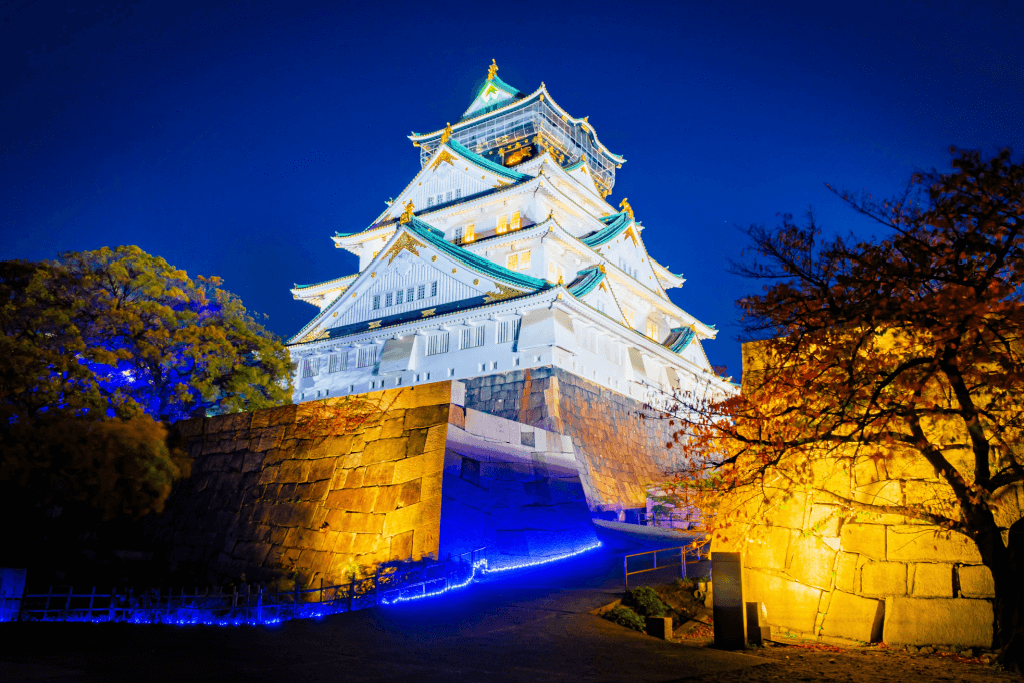
The Kansai (関西) region in western Japan is the second-most populated area after the Kanto region. Despite this, it is likely the most culturally diverse area—even more so than Tokyo. It has an extraordinary mixture of historical and natural attractions.
Where is the Kansai region?
The Kansai region is in western Japan on the country’s main island of Honshu. It includes seven prefectures: Mie, Shiga, Kyoto, Osaka, Hyogo, Nara, and Wakayama. Kansai also boasts a diverse natural geography, from the Nara mountains to the Osaka coastal plains. However, the region is most famous for its cultural and historical significance.
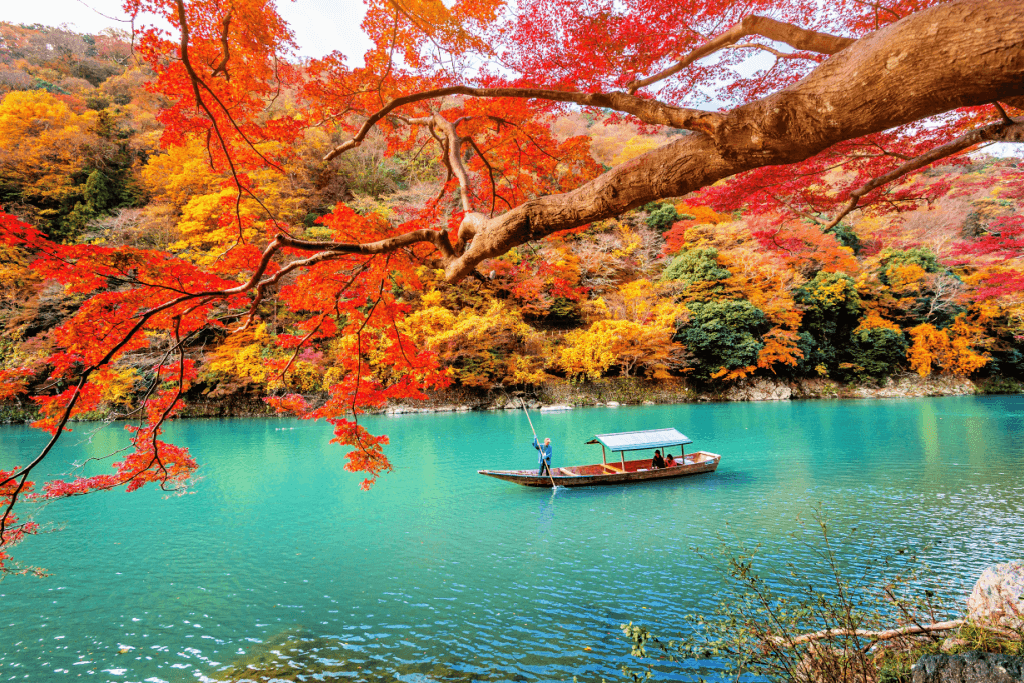
It is the birthplace of many iconic Japanese traditions, including tea ceremonies and kabuki theater. It is also home to famous landmarks, including castles, ancient temples, and UNESCO sites. Kansai’s central location makes it a hub for tourism, connecting travelers to historic and modern Japan. It is easily accessible from major cities like Tokyo and Nagoya via the Tokaido Shinkansen.
Mie
Mie Prefecture is historically known as the cultural crossroads that links eastern and western Japan. It is famous for the Ise Grand Shrine, the Shinto religion’s most sacred site. Its significance makes Ise a must-visit location for religious pilgrims, and its serene surroundings are tourists. Its free entry and convenient location, just 15 minutes from Ise-shi Station by bus, add to its popularity.
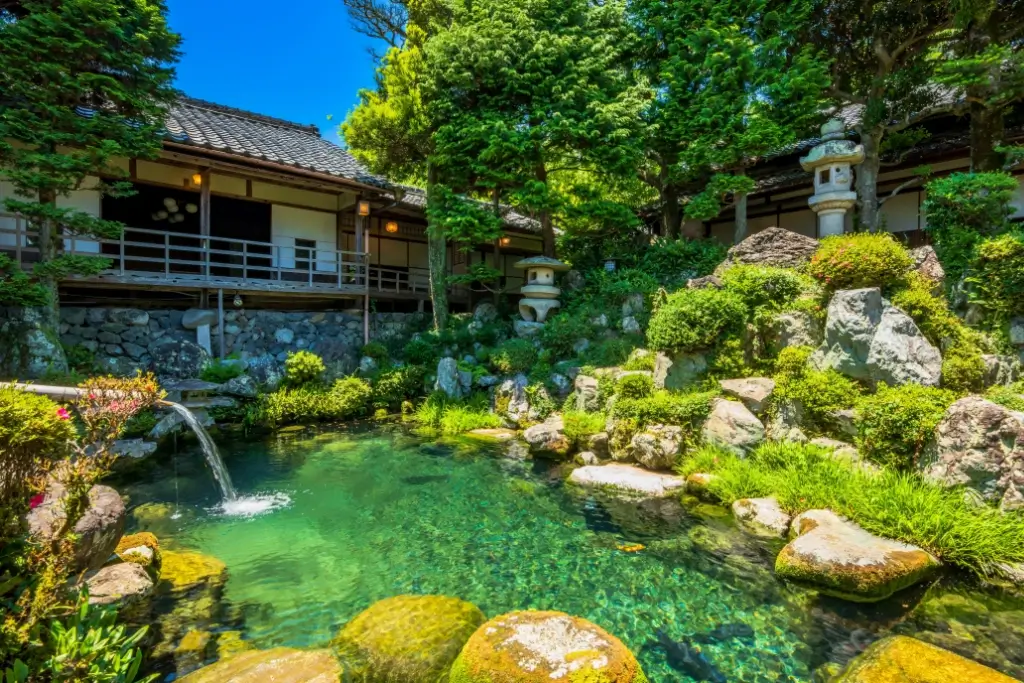
Another highlight in Mie is Mikimoto Pearl Island. This museum pays tribute to Japan’s pearl cultivation history. Besides showcasing various aspects of pearl-diving traditions, it offers beautiful views of Toba Bay. The facilities include a pearl shop that specializes in unique souvenirs. Mikimoto Pearl Island is 5 minutes from Toba Station, which makes it perfect for day trips.
Shiga
Shiga Prefecture is home to Lake Biwa, the largest freshwater lake in Japan. The lake is a haven for outdoor lovers. Visitors can partake in numerous water-related activities, such as boating and fishing. Lake cruises that provide stunning views of the surrounding mountains are also available. There is also much to do on the land surrounding the lake. Hiking and bird-watching along its shores make for a relaxing visit. Otsu station, the lake region’s gateway, is about 10 minutes from Kyoto by train.
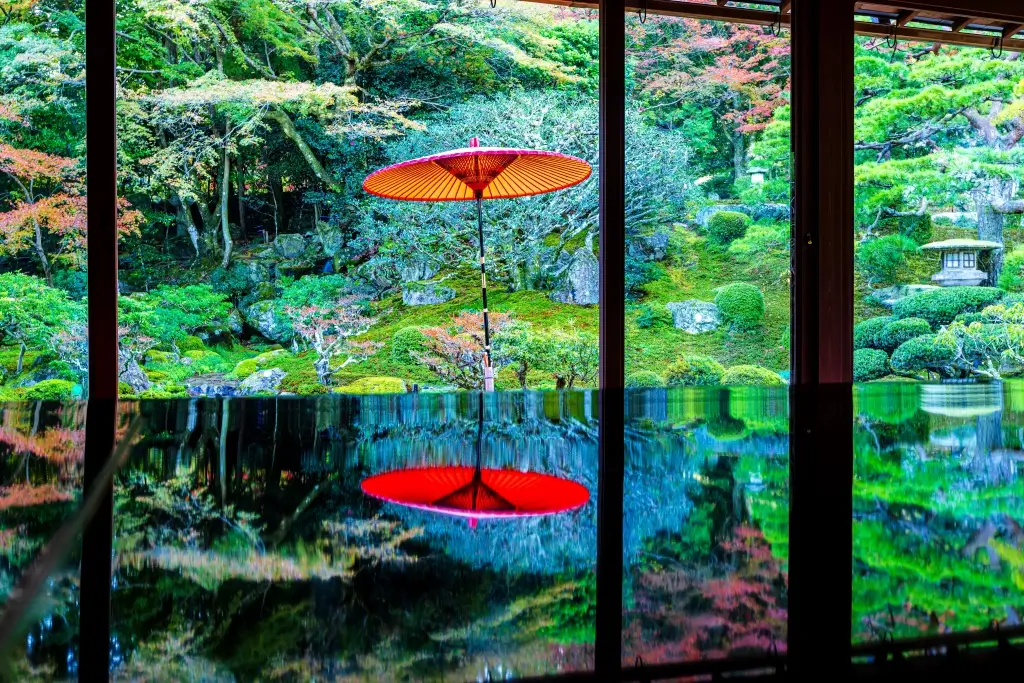
Lake Biwa can also be admired from Hikone Castle, as its garden offers great lake views. The nearest station, Hikone, is about an hour by train from Otsu Station. And Hikone station is a mere 15 minutes on foot from the castle. No visit to Kansai is complete without a trip to this well-preserved example of Edo-period architecture. Especially for the low cost of 800 yen, which grants access to the castle and adjacent gardens,
Are you looking for great snacks from across Japan? Check out Sakuraco! Sakuraco delivers traditional Japanese snacks, sweets, tableware, and more from local Japanese makers right to your door, perfect for a pleasant snack time at home!
Kyoto
While Tokyo is the country’s capital, Kyoto is the cultural heart of Japan. It is famous for its ancient temples and exciting seasonal festivals. The Fushimi Inari Taisha Shrine, with its iconic red torii gates, is one of its many highlights. Located near Inari Station, it is free to enter and surrounded by mountain trails. While in the area, visitors can also explore the Togetsukyo Bridge and nearby temples.
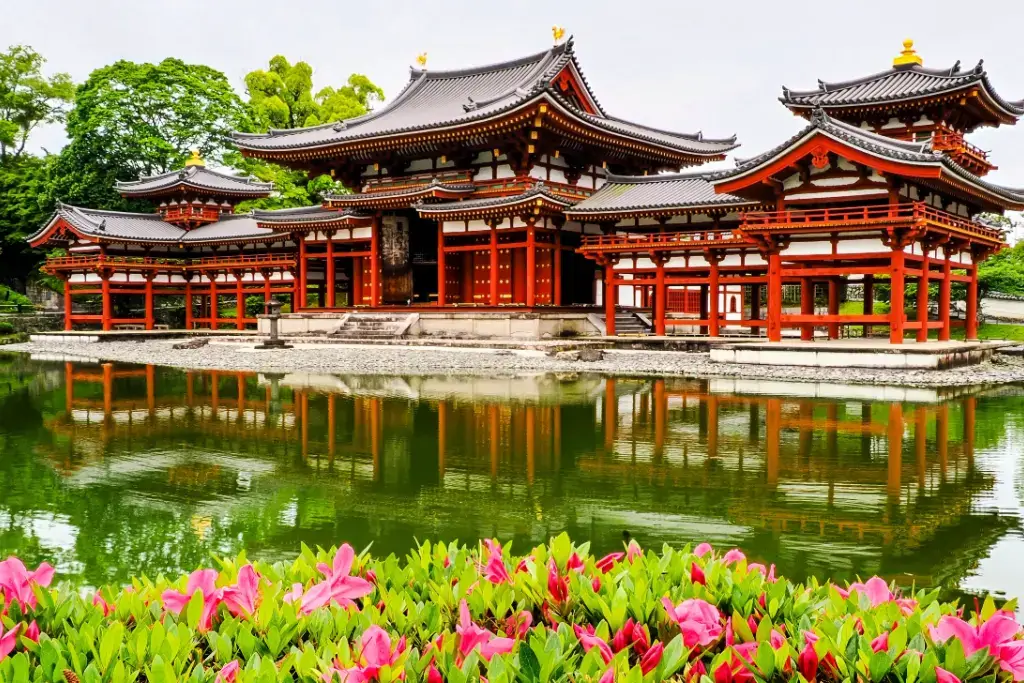
Another notable Kansai gem is the Arashiyama Bamboo Grove, where visitors can walk among towering bamboo stalks. This site is famous among photographers and is only a 10-minute walk from Saga-Arashiyama Station.
Osaka
Osaka is one of Kansai’s most well-known prefectures. And Osaka Castle is the main attraction for all who visit. The castle facilities include a museum, and the grounds grant impressive city views. It is only 10 minutes on foot from the nearest station, Osakajokoen. And, despite its popularity, admission to this attraction is only 600 yen.
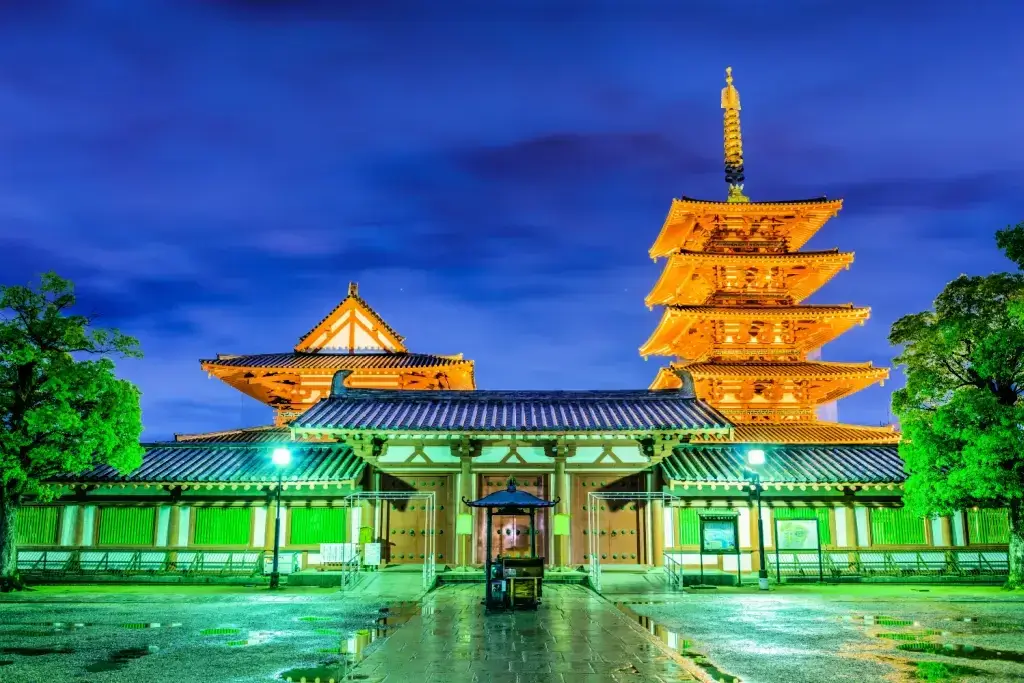
For a more modern experience, head to Dotonbori near Mamba station. This vibrant entertainment district is known for its neon lights and street food. The neighborhood’s sights, sounds, and flavors create an energetic atmosphere that truly defines Osaka.
Hyogo
Hyogo Prefecture promises a range of activities. The most popular is Himeji Castle, a UNESCO World Heritage Site and a well-known example of Japanese castle design. Visitors can explore its well-preserved interior and beautiful gardens. This internationally recognized attraction can easily fit into any schedule, as it is a mere 15-minute walk from the station.
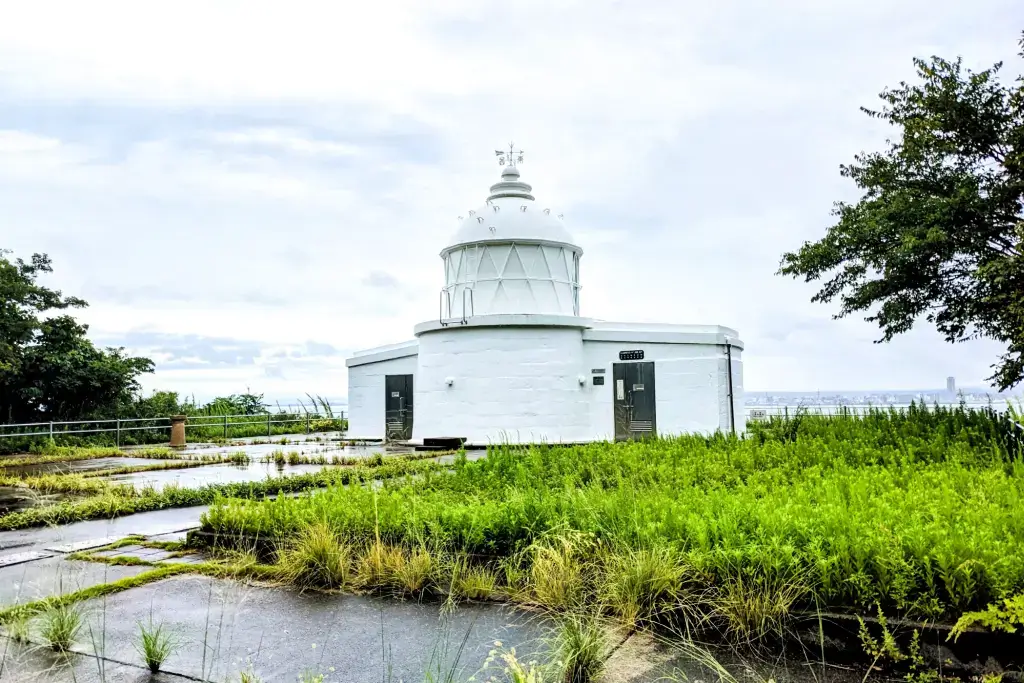
Kobe, Hyogo’s capital, is famous for its harbor and cosmopolitan flair. At the harbor, Kobe Port Tower is the most famous lookout point. This spot is a 10-minute walk from Motomachi Station. A climb to the top guarantees expansive city views and adjacent bay views. Nearby attractions include the Kobe Maritime Museum and Harborland.
Nara
Nara was the most eastern point on the famed Japanese Silk Road centuries ago. This city marks the location of Japan’s first permanent capital, so it is full of historic landmarks. Todai-ji Temple, for example, is home to the Great Buddha. The temple grounds contain many historical monuments. The temple’s gardens are not only known for their beauty but also for their friendly deer.
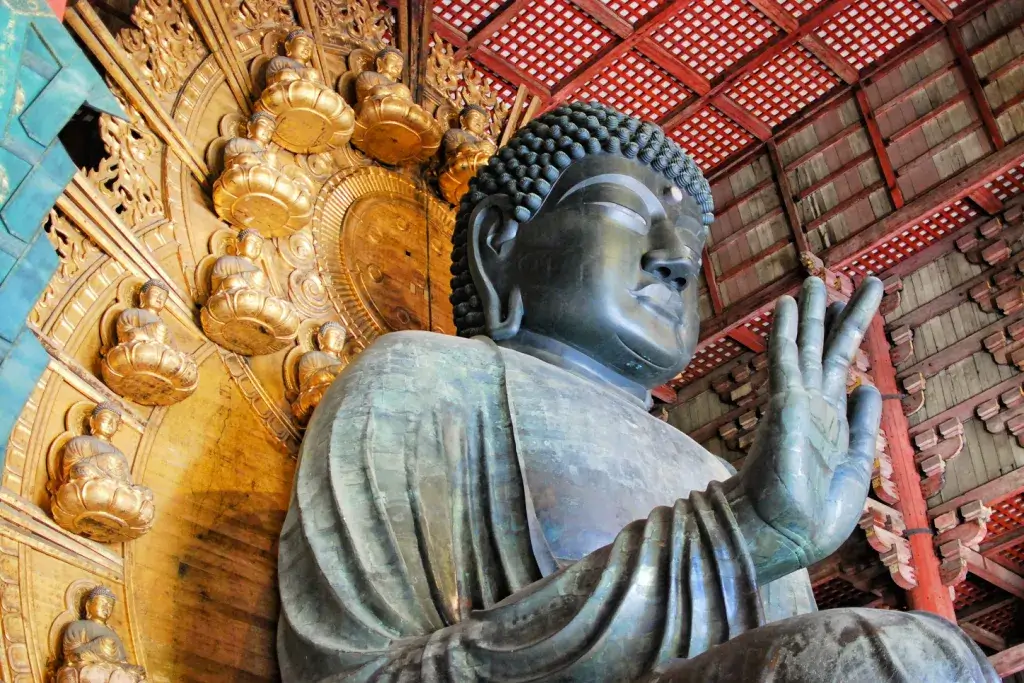
Another unique experience in Nara lies just a 20-minute walk from Kintetsu Nara Station. Kasuga Taisha Shrine is famous for its hundreds of stone and bronze lanterns. The shrine is located within Nara Park, so there is ample space to explore and relax after visiting. Entry to the shrine grounds is free, but there is a 500 yen charge to enter the inner shrine area.
Wakayama
Wakayama Prefecture is a sanctuary for nature and spirituality enthusiasts. The pilgrimage routes of Kumano Kodo attract hikers and devotees from around the world. These ancient trails are collectively recognized as a UNESCO World Heritage Site, and access is free. The routes are accessible via Kii-Tanabe Station. From there, bus services connect to key trailheads.
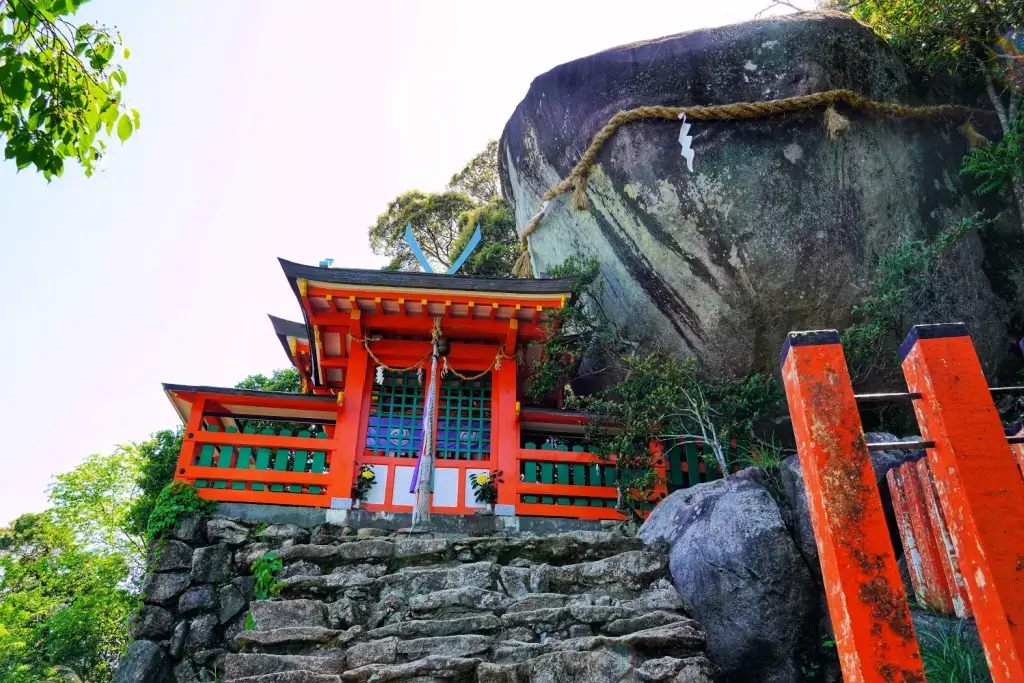
Another highlight of this prefecture is Wakayama Castle. This site near Wakayawa station was painstakingly restored after being destroyed during World War II. The city and surrounding landscape are visible from its garden. Despite its significance, entry to the garden and castle only costs around 400 yen.
Why should I visit the Kansai region?
People visit the Kansai region because each prefecture has many different types of attractions. The number of UNESCO sites close to each other ensures a worthwhile visit. Each prefecture in the Kansai region also has a distinct charm.
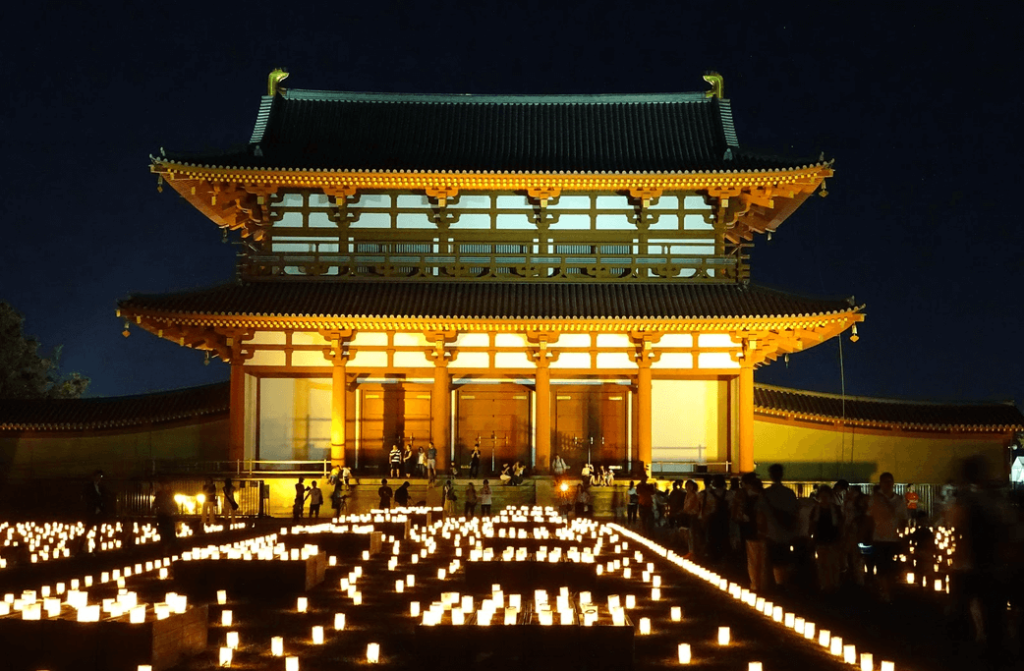
There is something for everyone, whether they are interested in outdoor activities, history, or simply exploring. Have you visited the Kansai region or any of its incredible attractions? Share your experiences, tips, or suggestions in the comments below!

Discover authentic flavors with Sakuraco
Get Sakuraco 

Discover authentic flavors with Sakuraco
Get Sakuraco 
Related Articles
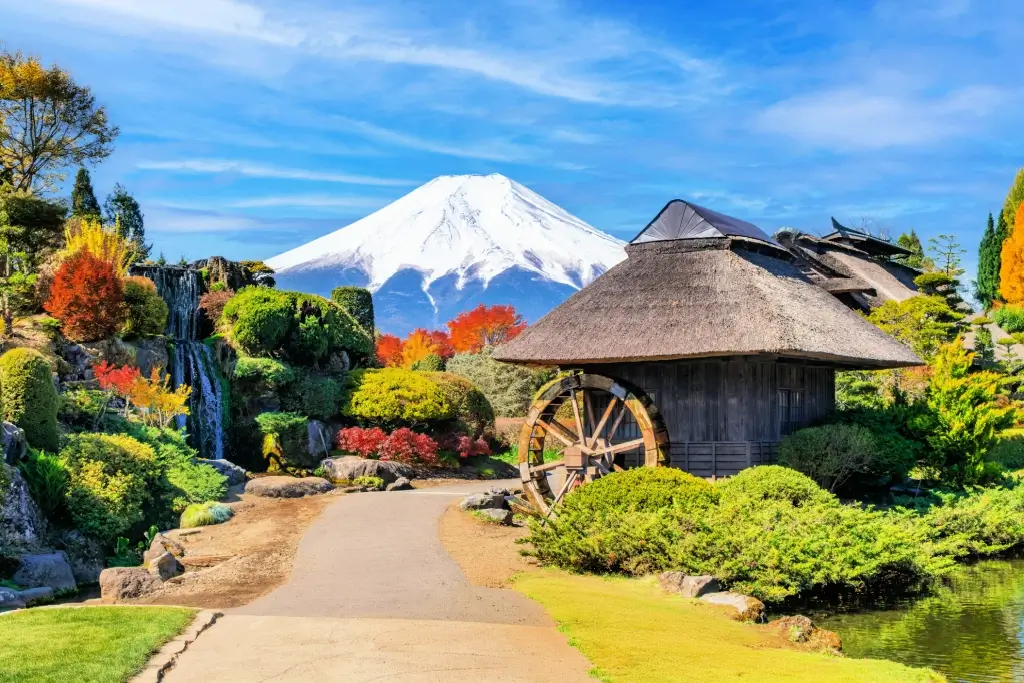
Best Time to Visit Japan: Nine Great Regions!
Japan is famous for its numerous beautiful natural landscapes and its ancient cultural traditions, which are still preserved today. Is now the best time to visit Japan? Let’s explore the nine regions of this nation and what makes each unique.
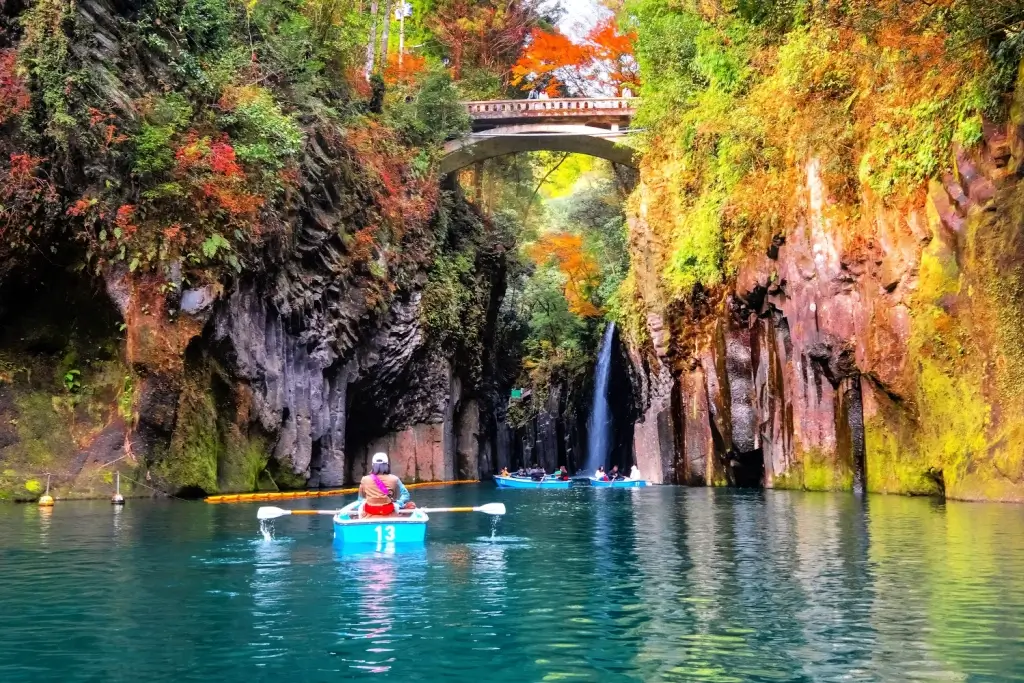
Kyushu Region: The Subtropical Island of Japan!
The Kyushu region in southern Japan offers natural beauty, rich history, and culinary delights. Comprising seven prefectures, Kyushu is full of attractions, from cities and volcanoes to hot springs and local food.

Kumamoto Food: Five Great Dishes to Try!
Whether exploring Kumamoto Castle or soaking in hot springs, sampling this prefecture’s signature dishes is essential to the experience!

Fukuoka Travel: Enjoy Shopping and Sightseeing!
As one of Japan’s oldest and most culturally significant cities, Fukuoka must be on your following Japanese itinerary!



